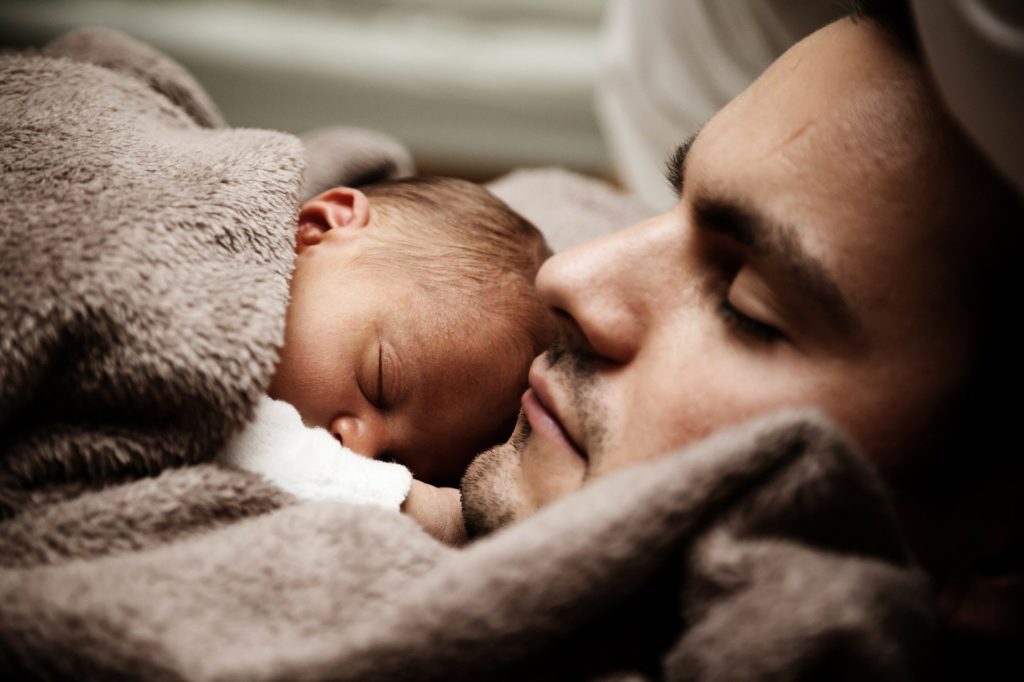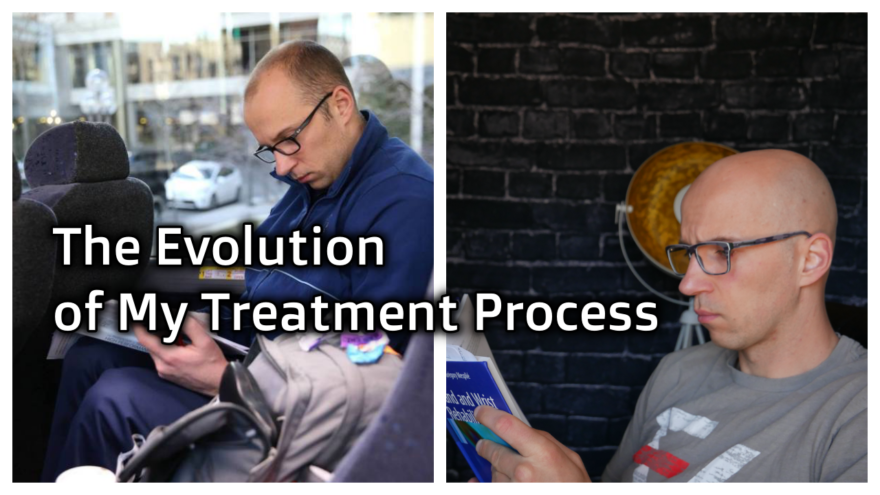Table of Contents
What has changed in my treatment model?
If you aren’t getting better, you are getting worse, so how has your thought process and model changed?
I was asked this question recently, and I think over the last several years many things have changed. There has been a bigger focus towards:
- The basics
- Sleep
- Building power
- And more!
What changes have been made?
Check out Movement Debrief Episode 147 below to learn more!
Watch the video below for your viewing pleasure.
Or listen to my sultry voice on the podcast version:
If you want to watch these live, add me on Instagram.

 t
tShow notes
Check out Human Matrix promo video below:
Below are some testimonials for the class:
Want to sign up? Click on the following locations below:
May 29th-30th, 2021 Boston, MA (Early bird ends April 25th at 11:55 pm!)
August 14th-15th, 2021, Ann Arbor, MI (Early bird ends July 18th at 11:55 pm!)
September 25th-26th, 2021, Wyckoff, NJ (Early bird ends August 22nd at 11:55 pm)
October 23rd-24th, Philadelphia, PA (Early bird ends September 26th at 11:55pm)
November 6th-7th, 2021, Charlotte, NC (Early bird ends October 3rd at 11:55 pm)
Montreal, Canada (POSTPONED DUE TO COVID-19) [6 CEUs approved for Athletic Therapists by CATA!]
Or check out this little teaser for Human Matrix home study. Best part is if you attend the live course you’ll get this bad boy for free! (Release date not known yet 🙁
Here is a signup for my newsletter to get nearly 5 hours and 50 pages of content, access to my free-breathing and body mechanics course, a free acute:chronic workload calculator, basketball conditioning program, podcasts, and weekend learning goodies:
[yikes-mailchimp form=”1″ submit=”Get learning goodies and more”]
Bill Hartman – Daddy-O Pops himself. One of the biggest influences to my treatment model
Hand and Wrist Rehabilitation – This is the best book I’ve found on biomechanics of the elbow, wrist, and hand.
American Academy of Orofacial Myofunctional Therapy – This is my go-to resource for all things myofunctional therapy. I did a course review of the one I attended.
Melissa Mugno – My current myofunctional therapist. She’s incredible.
The association of sleep and pain: an update and path forward – A great journal article on sleep and pain.
Elevate Sports Performance and Healthcare – Where I work at in Las Vegas
Boo Schexnayder: Rehab Insights from Track and Field – If you want to know why intensity is important, this is the podcast to check out
Joe Cicinelli – My go-to guy for all things upper airway
Brian Hockel – He’s my dentist who is doing my palatal expansion. You can check out when I interviewed him here.
Soroush Zaghi – He’s the ENT who did my tongue tie release.
How my treatment strategy has changed over the years
Question: How your strategy/perspective evolved over the last couple of years? Fam recognize fam!
Answer: There have been two pieces that have led to a major impact and alteration in the way I treat in the last couple of years:
Bill’s model has simultaneously simplified and expanded the way I look at movement and most importantly provided principles that have helped me figure out areas within the model that were less clear for me.
Simply put, Bill helped me be less protocol-driven and more principle-driven.
For example, the elbow, wrist, and hand are still areas that the mechanics are a bit fuzzy and incomplete, yet thinking and studying this topic with his framework in mind have helped me develop a better understanding of what is biomechanically going on. To him, I’m grateful.
Myofunctional therapy has provided much of the biomechanical cleanup that I think was missing within my movement model.
We had all these great ways to improve movement capabilities below the neck, but once we got above C5…YIKES!
I think the missing piece here was appreciating just how influential tongue position can be.
Most of the movement stuff we discuss here focuses on managing viscera and airflow dynamics within the ventral cavity.
The tongue is the visceral equivalent in the upper airway.
Tongue = guts
Being able to place the tongue fully up onto the roof of the mouth can influence neck orientation, upper airways dynamics, and your ability to nasal breathe.
These pieces are important for a wide variety of reasons, but improving sleep might be the most important. Especially considering that sleep has a causal role in regards to pain. Exploring this path has led me down a personal rabbit hole of getting a tongue tie release, messing with palatal expansion, and a whole lot more.
It’s also showed me just how much farther I need to go to help my supreme clientele become healthy human beings. It’s one reason why I recommend my peeps get sleep studies quite often, something I’d never thought I’d be into.
What does my current treatment strategy look like
Basically, the name of the gave is to demonstrate movement competency and options across a wide variety of tasks. This involves breaking down tasks all the way to the basic constituents.
If we take a movement such as a vertical jump, demonstrating movement competency across a spectrum for this task might look like:
- Vertical jump
- Front squat
- Drunken turtle
- Lewitt tilt
- rowing machine (a conditioning option that explores the same range of motion)
In each of these examples, I’m demonstrating the biomechanics needed to complete the terminal task, which is a jump.
In order to jump, I need vertical displacement of the pelvis, which involves femoral external rotation and sacral counternuation. You get each of these with every listed move. Doing each action well helps you demonstrate the movement with power (jump), force production (front squat), dynamically (drunken turtle), statically (lewitt tilt), and for long periods of time (rower).
The above concept forms the basis of my programming. If I evaluate a client, I look at how many different ways I can push their movement options and design an according program. if someone needs to drive counternutation, I may opt to squat the snot out of them and abandon hinging for the time being. Whatever it takes to expand their movement options across a variety of intensities, which ought to help performance.
All that said, the above points are moot if your client has a stack that is whack.
A bulk of my process involves teaching clients this concept, as it provides the basis for exploring all of the aforementioned areas. In cases of pain, hammering this first is essential. Though since I’ve begun to work at Elevate, my more fit and active population has forced me to get fancier by re-incorporating shifting and such into the program.
Following that, demonstrating movement competency with plyometrics and the like has really been tripping my trigger for my peeps. This podcast has inspired me to push quite far in this domain, and is a reason why I’ve been programming many drop catches and such to keep intensity in my client’s lives.
By keeping some form of intensity occurring at all times, I’ve noticed smoother transitions back to full force as my clients rehab from given injuries.
Where will my treatment strategy evolve to next
The next however long will continue to focus on refining the biomechanics and finding better and simpler treatment strategies. Although I feel the movement model I subscribe to is dope as all hell, it’s not perfect. It’s incomplete. Moreover, I fall victim to making exercises WAY TOO COMPLICATED at times. If I can make this model ridiculously simple to execute, you and my supreme clientele will win.
Aside from refining, the areas I wish to dive into more are sleep medicine and pushing breathing physiology.

Sleep is uber important. I’ve caught so many people in the last year who’ve had obstructive sleep apnea, and I think leaving these sleep disorders unchecked is hingering many of my client’s wellbeing. I want to do all that I can to help them.
Lastly, learning more about expanding breathing physiology intrigues me quite a bit. Of course, my focus has majorly been on breathing biomechanics, but once you have the biomecahnics improved, where do you go next?
Just like once someone moves well you ought to expand work capacity, so to with breathing. Once someone “breathes well,” we need to expand work capacity. That’s where I’d like to learn more surrounding controlled pauses, resonant frequency breathing, and whatever else is out there.
Sum up
- The major changes in my model involve Bill Hartman’s model and myofunctional therapy
- Movement competency must be demonstrated in as many different scenarios as possible
- Simplifying the movement model, learning more about plyometrics, breathing physiology, and sleep are the next frontier.

